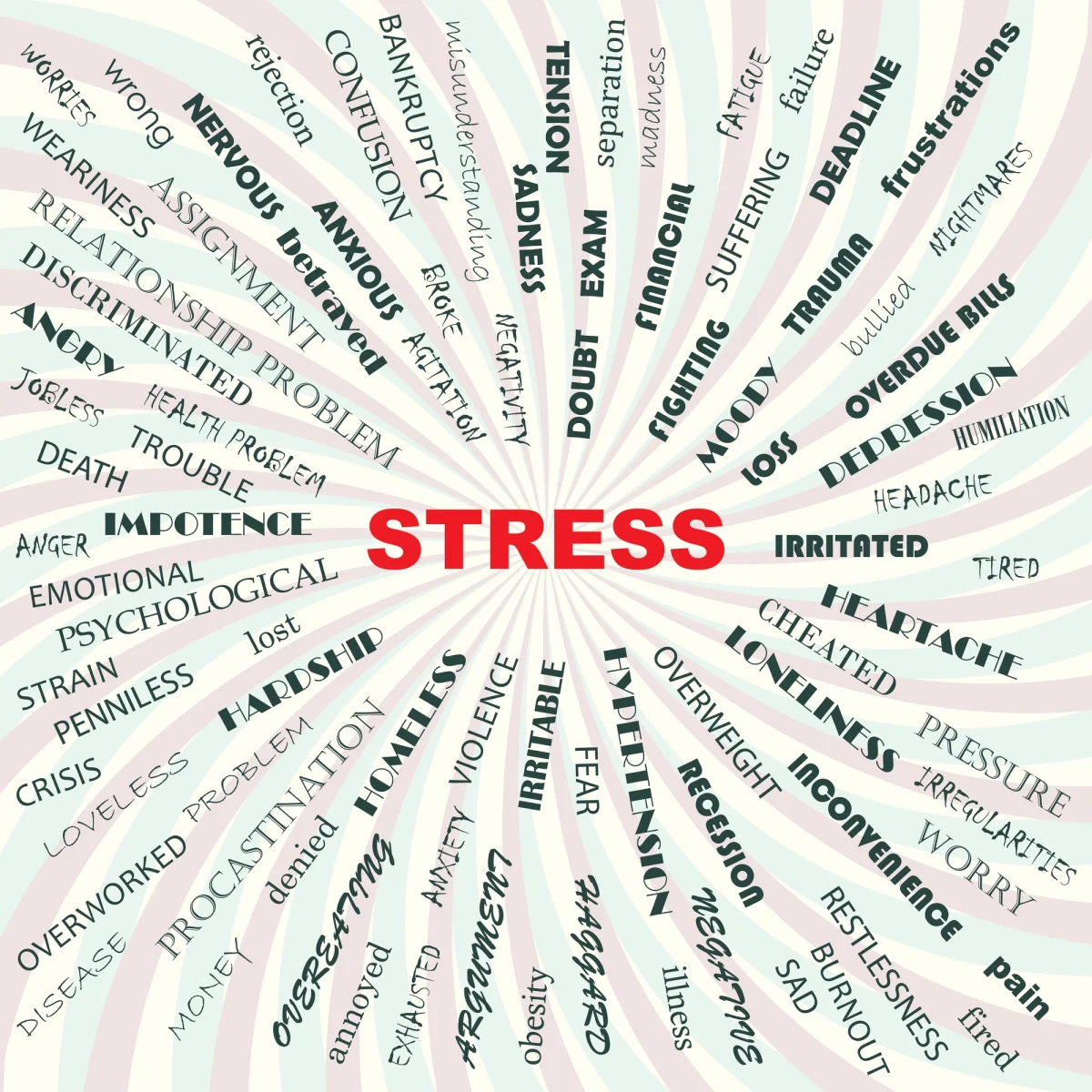In the modern medical system, which largely relies on objective evidence, laboratory findings, and diagnostic technology, subjective symptoms—what the patient feels, thinks, or describes in their own words—are often pushed to the background. In the race for precise parameters, medicine has, in many ways, neglected what is most personal: the inner experience of illness. This is precisely the space that homeopathy fills—a system which, from its very beginnings in the teachings of Samuel Hahnemann, places the subjective world of the patient at the center of diagnosis and therapy.

Before Hahnemann, the two most common and important symptoms - mental and subjective — were almost entirely neglected in medical practice. The “conventional” physician, as Hahnemann referred to both his contemporaries and modern representatives of classical medicine, often shows limited interest in the subjective expressions of the patient’s suffering. To such practitioners, these expressions are not considered sufficiently “reliable,” “verifiable,” or “measurable.” Most often, they serve as initial signposts leading to further diagnostic procedures, those believed to yield the "real" answers.
In homeopathy, the perspective is completely reversed. Hahnemann’s therapeutic system rests on the fundamental insight that disease is a dynamic disturbance of inner balance, a disorder of the vital force—not a mechanical malfunction. Therefore, a true understanding of illness comes from within — through what the patient experiences and how they express it. Subjective symptoms, in this approach, are not just important—they are of primary importance. They are the immediate expression of inner chaos, an imbalance that may not yet be visible externally, but is already deeply active within. Mental and emotional symptoms often precede physical ones and may hold the key to identifying the appropriate remedy.

What makes subjective symptoms so valuable in homeopathy is not merely their appearance, but the fact that they offer a view of illness from the patient's perspective. This perspective is not statistical, but personal and individual. While conventional medicine often sees only the disease, homeopathy sees the person who is ill. The subjective symptom becomes a personal narrative of suffering, and as such, carries a truth that no laboratory test can measure.
This inner realm, often inaccessible to conventional medicine except through indirect signs (like unconscious tics or behavioral changes), becomes an open field of exploration in homeopathy. Through attentive listening and detailed analysis of subjective symptoms, the homeopathic practitioner constructs a “picture of disease”—the so-called totality of symptoms, which does not represent disease as an isolated entity, but as a reflection of the individual in a state of imbalance.

The importance of subjective symptoms is evident in clinical practice: without them, treating small children, individuals with mental disabilities, or animals becomes much more difficult. When such symptoms are absent, the practitioner must rely on course or indirect signs. But when they are present—when the patient can describe their own experience of pain, fear, restlessness, or relief, path opens toward true therapy, toward understanding, and ultimately—toward healing.
Subjective symptoms in homeopathy, then, represent a bridge between the patient and the physician — between the inner world and the external approach. Their recognition, validation, and analysis form the foundation of homeopathic diagnosis and prescription. In a time when medicine becomes ever more technological, Hahnemann’s legacy reminds us: healing begins with listening.

Literature
Close, Stuart. The Genius of Homoeopathy and Essays on Homoeopathic Philosophy with Word Index. 2nd ed. Noida, India: B. Jain Publishers (P) Ltd., 2005. Chapter XI, “Symptomatology,” 187–188.













